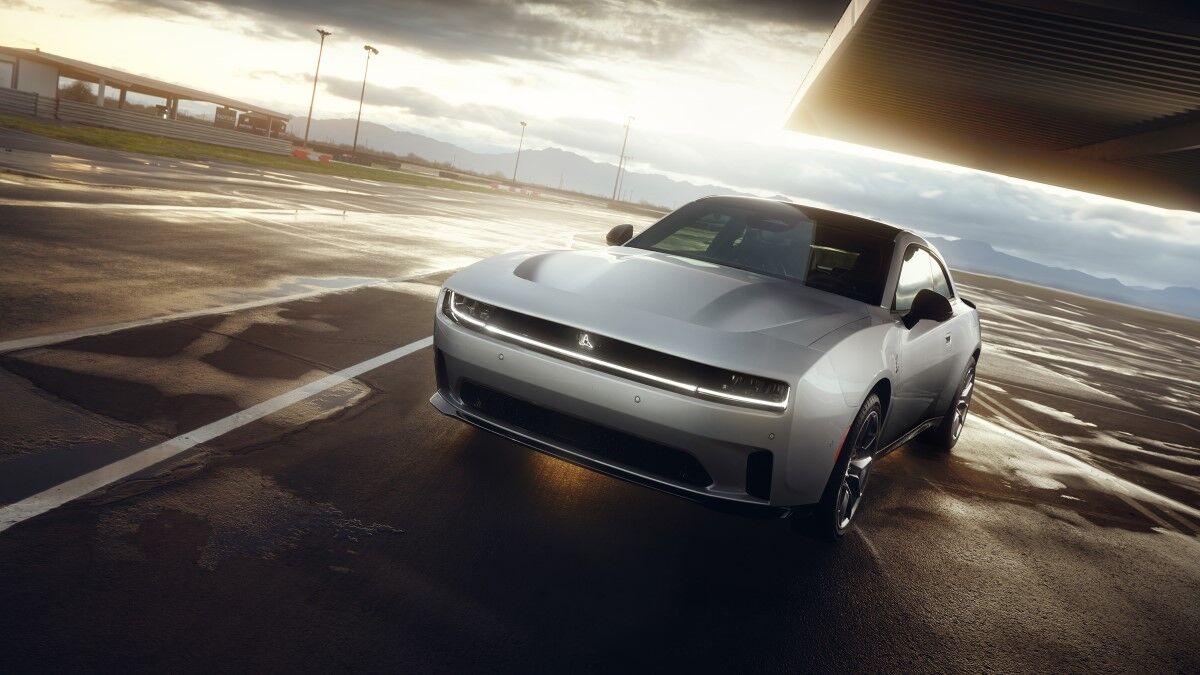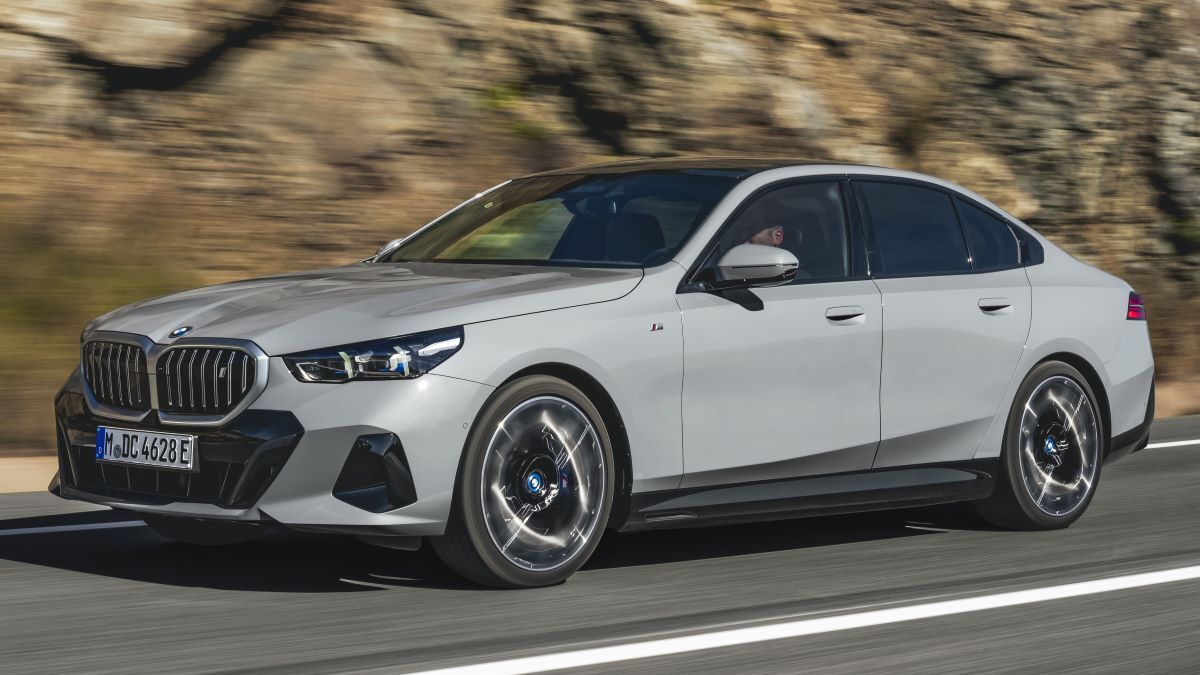
According to a new study from vehicle history report service Bumper, EV charging stations are so concentrated that America has “charging deserts” where recharging stations are in such short supply that EV ownership isn’t realistic for many buyers.
Related: EV Charging Stations — Everything You Need to Know
Nationwide, America has about three public charging stations per 10,000 citizens. But they aren’t distributed well.
One-fifth of America’s counties account for nearly a third of all charging stations.
That could be logical – some counties have much greater population density than others, and EV ownership is easiest in urban areas. In large western counties where residents drive further to reach basic services, the range anxiety associated with EVs makes them less popular.
But, Bumper says, charger distribution doesn’t show an urban/rural divide.
Chargers Concentrated Based on Economic Divides, Not Travel Needs
Charger distribution is “largely divided by economic and racial lines,” Bumper says, with nearly 95.6% of EV chargers in counties with majority white populations.
Bumper divides counties into five groups “across nine factors, including per capita income, poverty, housing, and education levels, as well as unemployment, access to health insurance and percent of population on government assistance.”
They found that the top quintile had 3.2 charging points per 10,000 people, while the bottom quintile had 2.67.
Related: Electric Cars 101 — What You Need to Know About EVs
Chargers May Be Most Common Where They’re Least Needed
Public chargers are just one part of an effective EV charging network.
While few of us can refuel a gas-powered car on our own property, many EV owners do all or most of their charging at home. However, home chargers are most common among those who own homes. Renters, in most areas, have little or no access to home charging.
That could make public chargers more important in distressed areas. But Bumper’s study shows that they’re least common there.
A Biden administration program has set aside $5 billion to build a more extensive nationwide charging network. Another recent study found that the funding is enough to build a charging network along major interstate highway routes, enabling coast-to-coast EV travel.
But Bumper’s study calls into question whether the funding will also cover local charging needs in underserved areas.







